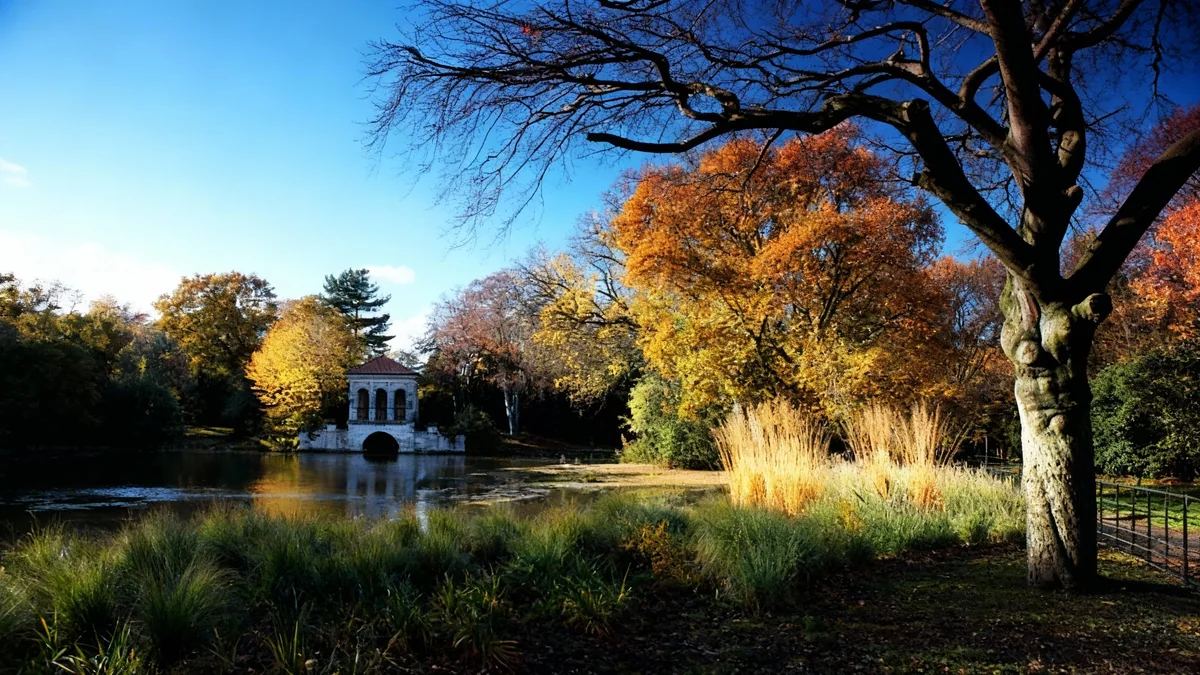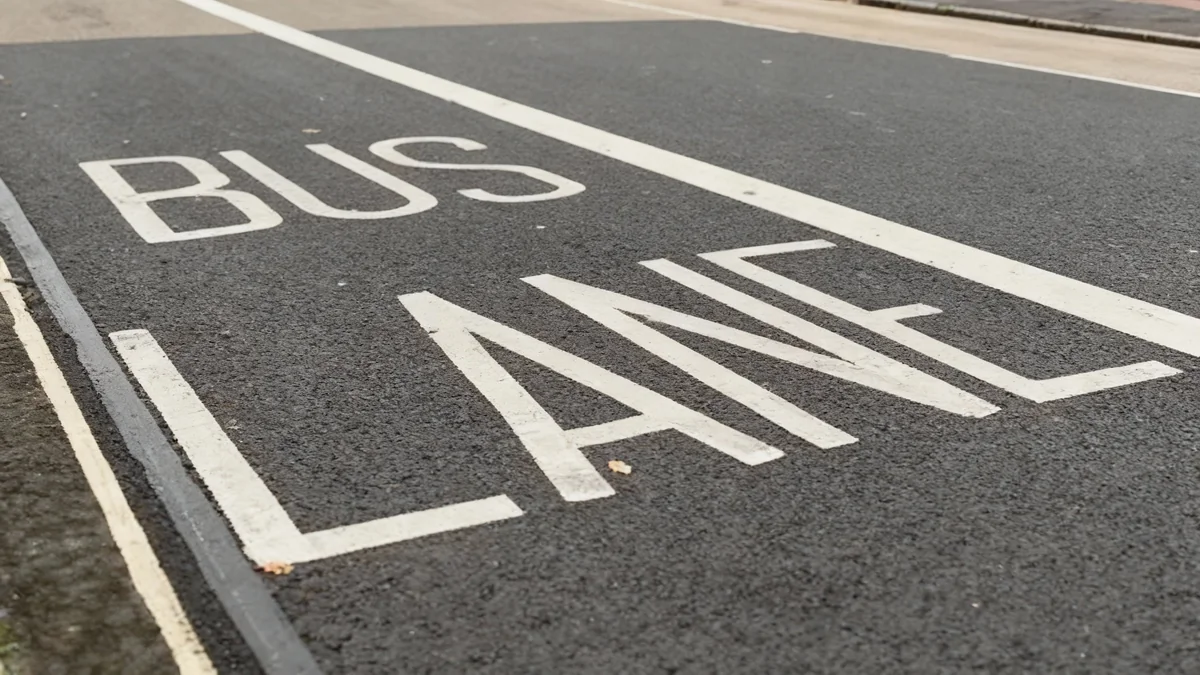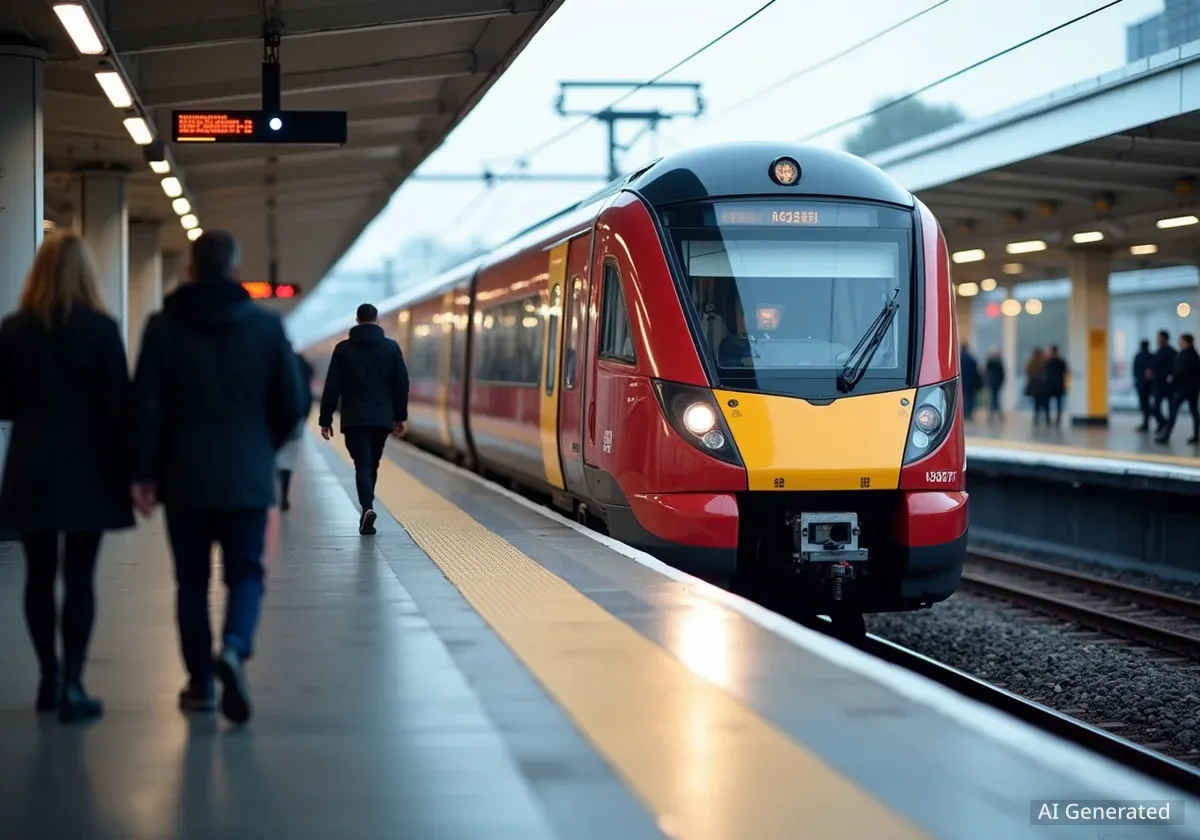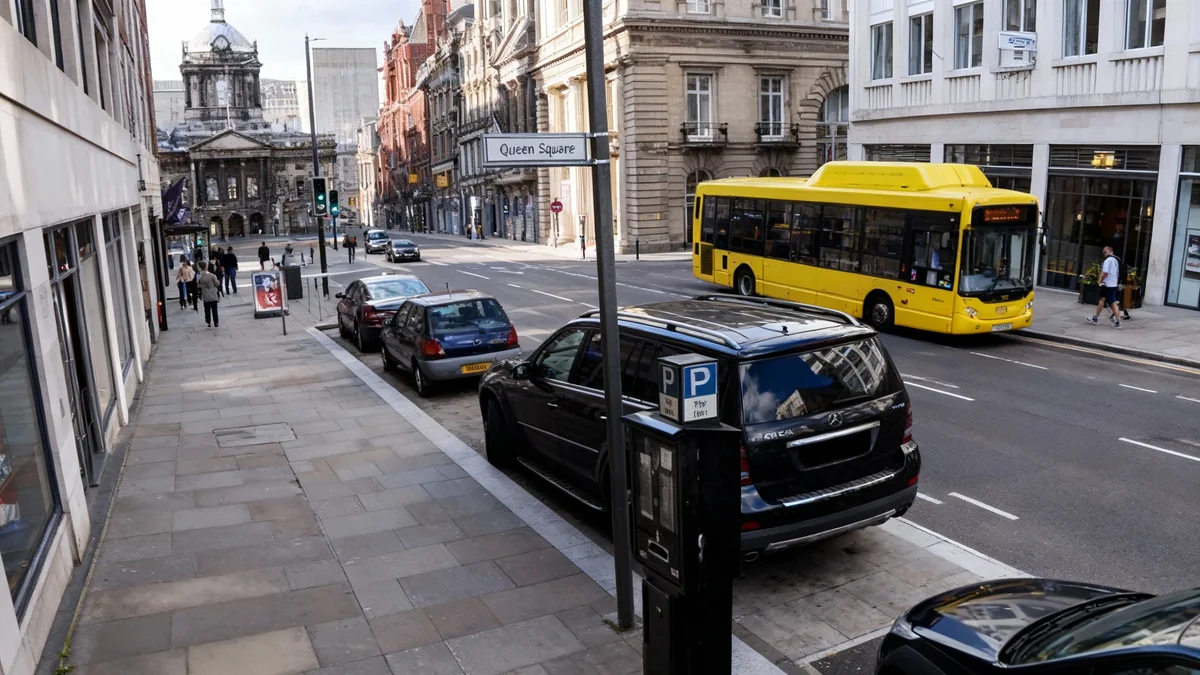Liverpool City Council has launched a public consultation for its new Local Plan, a comprehensive framework designed to guide development, housing, and economic growth across the city until the year 2041. The draft plan outlines ambitious goals, including the delivery of approximately 30,000 new homes and a strong focus on sustainable regeneration.
Residents, businesses, and investors are now invited to provide feedback on the strategic document, which prioritizes development on brownfield land and identifies key areas for transformation, including North Liverpool and the city's waterfront.
Key Takeaways
- A new draft Local Plan has been released to guide Liverpool's development until 2041.
- The plan includes a target to deliver around 30,000 new homes, with a 'brownfield first' policy.
- Key regeneration zones include North Liverpool, the city centre's northern fringes, and the waterfront.
- Public consultation is now open for residents and stakeholders, closing on November 9th.
- The plan also focuses on protecting green spaces, enhancing heritage assets, and promoting sustainable travel.
A Strategic Vision for Liverpool's Future
The newly unveiled Local Plan sets out a long-term vision for Liverpool as a “sustainable, vibrant, distinctive and inclusive global city.” It aims to provide a clear and stable framework for developers, businesses, and residents, outlining how and where growth will occur over the next two decades.
This strategic document was influenced by public engagement conducted last autumn. It seeks to ensure that future development has a positive and equitable impact on all communities, with a particular focus on areas in need of investment.
What is a Local Plan?
A Local Plan is a critical document used by local authorities to make decisions on planning applications. It sets out policies and proposals for the use of land in the area, shaping future development and ensuring that growth is managed effectively and sustainably.
Core Objectives for Sustainable Growth
The plan is built around several core principles designed to foster what the council calls 'good growth'—development that is socially inclusive, economically prosperous, and environmentally responsible.
Delivering 30,000 New Homes
A central objective of the plan is to address the city's housing needs by delivering approximately 30,000 new homes by 2041. To achieve this, the council is adopting a 'brownfield land first' approach, prioritizing the redevelopment of previously used land over green spaces.
The public is being asked to comment on 138 specific sites that have been allocated for potential housing, employment, or mixed-use development. The goal is to create high-quality neighbourhoods with a diverse range of housing options to meet the needs of all communities.
Fostering an Inclusive Economy
Economic development is another key pillar of the plan. It aims to build a prosperous and inclusive economy by capitalizing on the city's existing strengths, particularly in the knowledge and creative industries. The plan supports significant employment growth in designated areas like Paddington Village.
According to the council, the strategy is designed to ensure that prosperity and opportunity are distributed more evenly, helping to reduce social and economic inequalities across Liverpool.
Protecting Green Spaces and Heritage
While promoting growth, the Local Plan also establishes a strong framework for protecting and enhancing Liverpool's natural and historical assets. This includes safeguarding strategic parks, local green spaces, and important heritage sites such as listed buildings, conservation areas, and archaeological remains.
Furthermore, all new development will be expected to mitigate the impacts of climate change, incorporate energy-efficient designs, and manage flood risk effectively.
Key Figures in the Plan
- Timescale: Guides development until 2041.
- New Homes Target: Approximately 30,000.
- Allocated Sites: 138 sites identified for housing, employment, and mixed-use.
- Consultation Deadline: November 9th.
Targeted Regeneration Across the City
The draft Local Plan identifies several key areas set for significant transformation, aiming to create vibrant, sustainable, and well-connected communities.
Transforming North Liverpool and the Waterfront
Significant regeneration is planned for North Liverpool, where the presence of Liverpool and Everton Football Clubs is seen as a catalyst for inclusive and sustainable growth. The vision is to create a high-quality, re-connected neighbourhood that prioritizes the needs of existing residents.
The city's iconic waterfront is also a major focus. The plan outlines a future for the area stretching from the new Everton Stadium to the former Garden Festival site as a “vibrant and thriving people-first place.” This includes activating water spaces and improving connectivity.
Revitalizing the City Centre and Knowledge Quarter
The northern fringes of the city centre, including the North Docks, Ten Streets, and Pumpfields, are slated for transformational change. The goal is to develop high-quality new homes and infrastructure to create stable and mixed communities.
The plan also supports continued investment in the city centre as a regional hub for commerce and culture, the creation of a world-class transport hub around Liverpool Central Station, and the expansion of the Knowledge Quarter as a centre for innovation and discovery.
Public Input and the Path Forward
Liverpool City Council is actively seeking public feedback to shape the final version of the plan. Councillor Nick Small, Cabinet Member for Growth and Economy, highlighted the importance of community input.
“During the public engagement last year, people told us about the need for accessible, affordable and diverse housing with more choice and with greater attention needed for community-building in new housing developments. A key theme was the need to regenerate the most deprived areas, to reduce social and economic inequalities, redistribute prosperity and opportunity and to provide better physical and mental health benefits for every citizen.”
Councillor Small added, “This draft Local Plan will also help to deliver the inclusive, sustainable growth we need and provides a key opportunity to provide a strong and robust planning framework to deliver our ambitions for Liverpool’s sustainable growth and regeneration.”
How to Participate
Residents and stakeholders can review the draft plan and submit their comments through the council's official consultation portal. The deadline for all feedback is November 9th.
To have your say, visit the council's consultation webpage at liverpool.gov.uk.
What Happens Next?
Once the consultation period ends, the feedback received will be used to inform the next version of the document, known as the Publication Plan. A further round of consultation on this revised plan is scheduled for the summer of 2026.
Following that stage, and subject to council approval, the final Local Plan will be submitted to the UK Government for an independent examination before it can be formally adopted.





